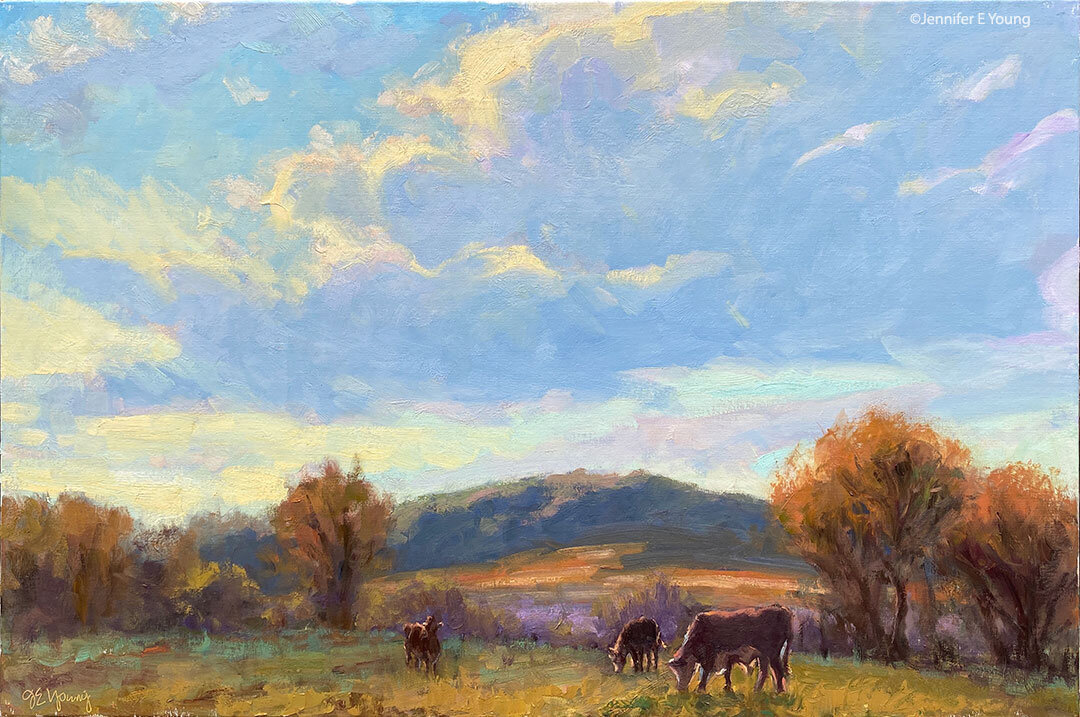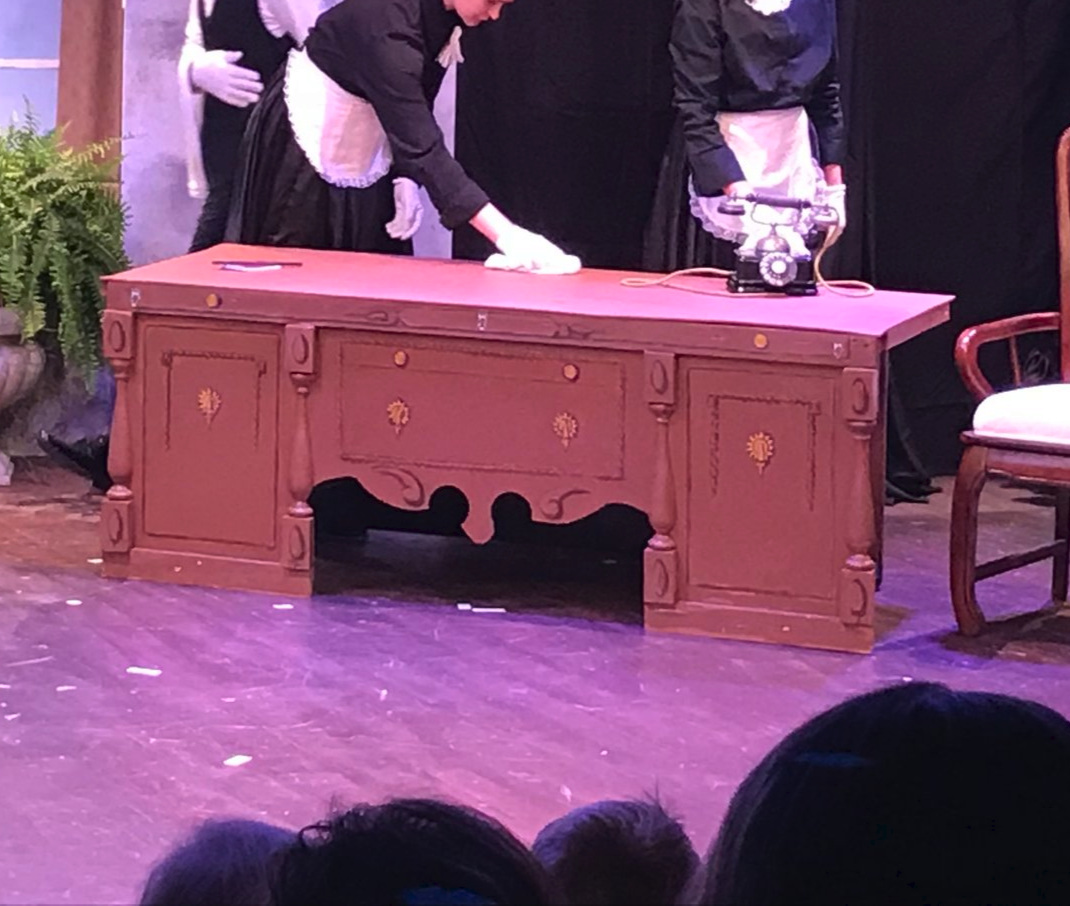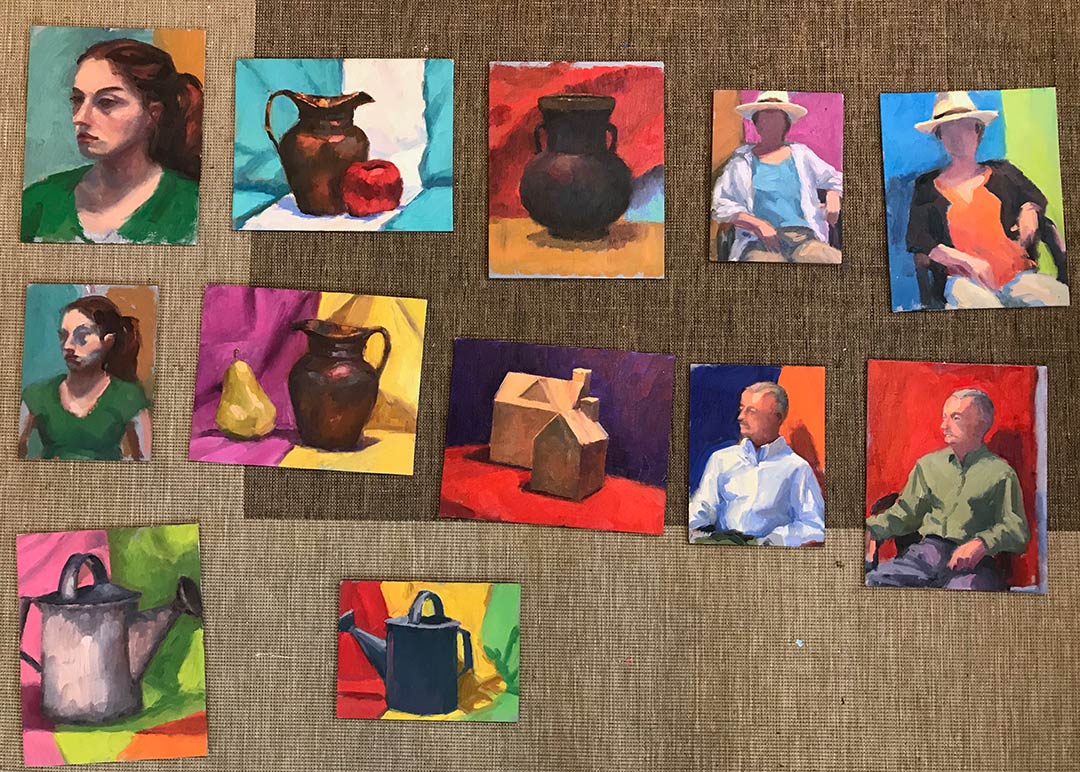Back from France painting trip- a travel log, of sorts
/I am one week back from a most inspiring painting holiday to southern France, and over the next while I'll be posting pictures of my paintings and sketches from my journal, as well as a few photos highlighting my trip. I've returned to lovely weather here in Virginia as well, so my travel posts will likely be interspersed with other art-related posts as I gear up for a summer of plein air painting. I'll start with my favorite painting from this trip (though I may need to reshoot as the greens are looking a little "off" in this image). This is a plein air painting looking upward towards the ruins of a 13th century abbey, ironically named "Abbaye Nouvelle" (New Abbey). I and the other artists on the trip were so fortunate to be able to paint at the abbey during the time of their annual plant and flower festival. It was a lively scene with a stunningly beautiful backdrop. It was also quite a challenge painting there, not only due to the light shifting in and out behind the clouds, but also due to the inquisitive passers-by. We attracted quite a few onlookers, and all were very complimentary and encouraging:

"Fete des Plantes, Abbaye Nouvelle" Oil on linen, 9x12" (SOLD) ©Jennifer Young
This was really an investigative trip for me. I have been invited to conduct a painting workshop at a beautiful site in the Lot region, so I thought it would be worthwhile for me to travel there in advance to meet the hosts and get a sense for what they did. I also really wanted to go back to France, so this was a good excuse ;-)

Exterior of my "home" during my 10 day painting holiday.
The setting was idyllic. Le Vieux Couvent is an old convent that has been converted to gites and B&B style rooms, with lovely gardens AND a large art studio to boot. The session I chose for my visit was led by plein air painter Mary Pettis, and it was billed as an "alla prima artist's retreat". It appealed to me not only because I liked Mary's paintings, but also because it seemed geared more towards experienced artists interested in painting, sharing, and touring together--perhaps not requiring as much instruction as what would be expected in a "how to" type class. Mary did do one demo, however, and offered plenty of feedback and great tips during our time together. I admit I did not know of Mary before this retreat, but she is a very fine painter and a lovely person who is very knowledgeable and generous with her thoughts and ideas.
This particular retreat was for 8 days, so considering time for arrivals and departures, there were 6 days for actual painting and touring. Given the way I like to travel, this is a pretty short overseas trip for me, so I couldn't resist tacking on a few days after the retreat was over so that I could rent a car to sketch and tour on my own. I was glad I did. I can never seem to predict how I'll do with the jetlag, and it took me a couple of days on both ends of the trip to get fully back into the swing!
Stay tuned for additional posts about my trip. I'm still going through all of my pictures, my journal, etc., and have plans for plenty more pics and posts detailing my experiences at this beautiful location. Speaking of details, I'm also working out the details for a painting workshop of my own at this location, hopefully in late spring/early summer of next year. More info to come, but in the meantime, please contact me directly if you're interested in joining me for a France workshop in '09!

















